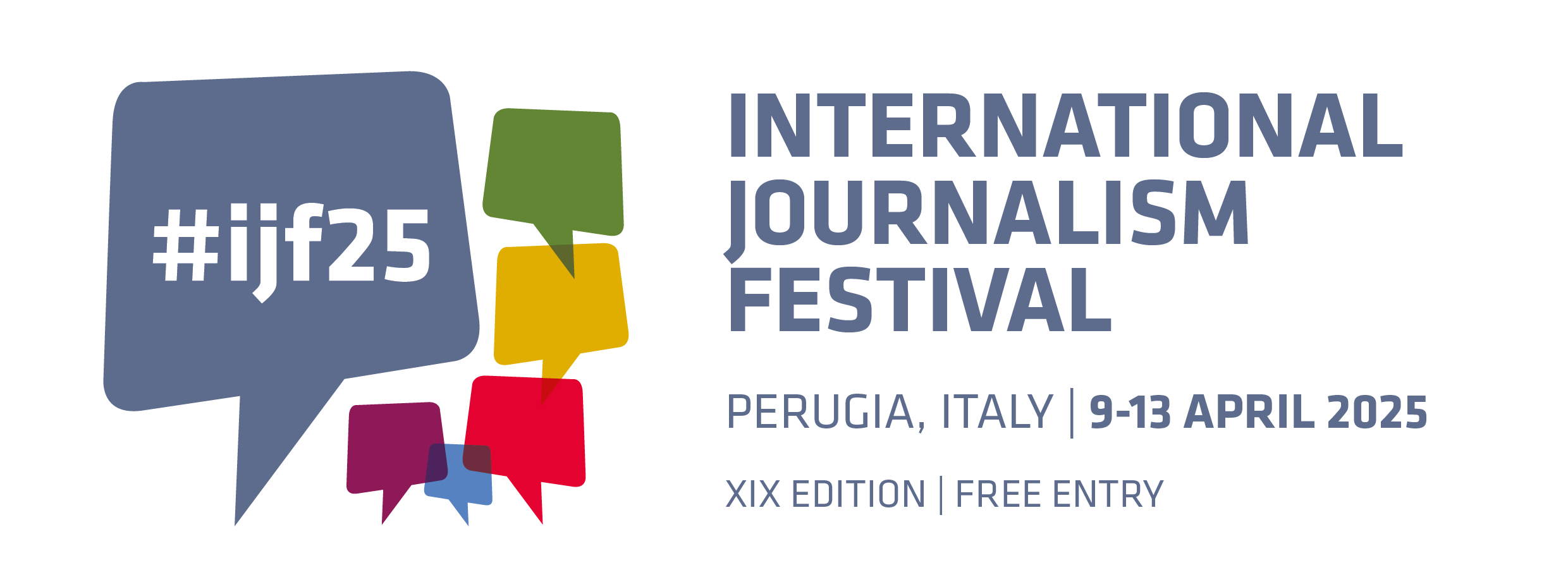Climate change hasn’t featured strongly in many recent electoral campaigns, even though it the most essential threat to human kind and our planet right now. Furthermore, it came last in a list of 10 topics that were covered by the media in 2016. For many people, climate change is too remote and abstract a topic, too depressing and too alarming to really engage with. James Painter of the Reuters Institute for the Study of Journalism talks to Milene Larsson of VICE News and Stuart Millar of BuzzFeed UK about the way both organisations cover climate change and how this differs from the way the mainstream media do so.
VICE did a series of videos on the COP21 summit on climate change in Paris called Climate Emergency. In these videos, Larsson did not go into the nitty gritty details of climate change, but instead focussed on the concrete effects climate change has on people. Climate change concerns all of us, says Larsson, and we’re the last generation to do something about it. There were a lot of passionate people out on the streets in Paris who felt they could put pressure on politicians. It was the biggest march on climate change ever. This is what VICE focussed on: the emotion and passion of the people protesting. The reports stood out because the mainstream media are not passionate or emotional about climate change; they just report the dry facts. In the videos, Larsson practises immersive journalism: she takes the audience on a journey and really lets them experience what they would experience if they were there.
Larsson states that the environment for news about climate change has changed a lot since the election of Trump. There’s a need for more stories that are solutions-based. More and more people are concerned but they usually think they don’t have the power to do something against it. They do, however, and VICE attempts to show them how to use it by focussing on the grassroots organisations like in Paris. This way, people can see that it is indeed possible to change something and also the ways in which to get involved or engaged. In order to make things more tangible, the information needs to be shown creatively through graphs or other visuals.
BuzzFeed also sent a reporter to the Paris Summit, and has two science correspondents based in London and a science team in New York. When reporting on climate change, BuzzFeed tries to find the emotional centre of the story. Furthermore, they try to find a witty or fun frame to cover serious subjects. An example of a typical BuzzFeed frame could be ’10 Animals That Are Affected By Climate Change’. Quizzes are another classic frame. A while back, BuzzFeed had a quiz ‘Do you know more about climate change than the average American?’ This quiz was based on real data of average climate change knowledge of Americans. BuzzFeed could have simply put this information in a dry article, but by making it more fun and visual the stories do much better and are shared more often. This is very important with a subject as complicated as climate change.
Millar, too, feels that media should be telling more positive stories about climate change, but it becomes more problematic when you’re being cheery for the sake of it. Reporting should still be balanced, and accountability is very important. Especially in the age fo Trump when the denial of climate change is government policy, journalism can function as the opposition on climate change; the coverage should be more political. BuzzFeed has never reported on climate change as a debate. Instead, they use classic BuzzFeed frames: ’15 Crazy Things Climate Deniers Have Said This Week.’
Aster Dieleman

